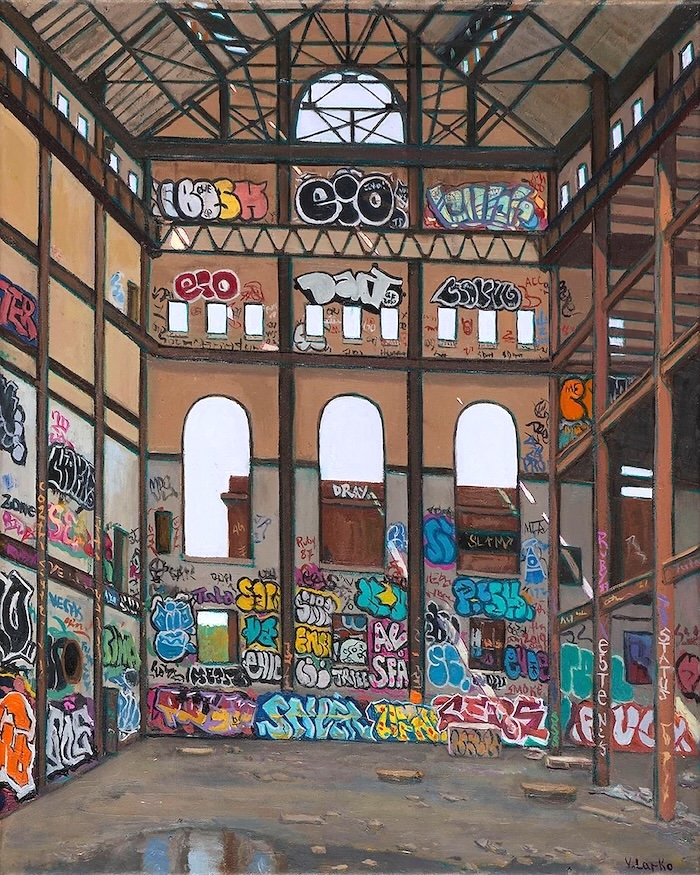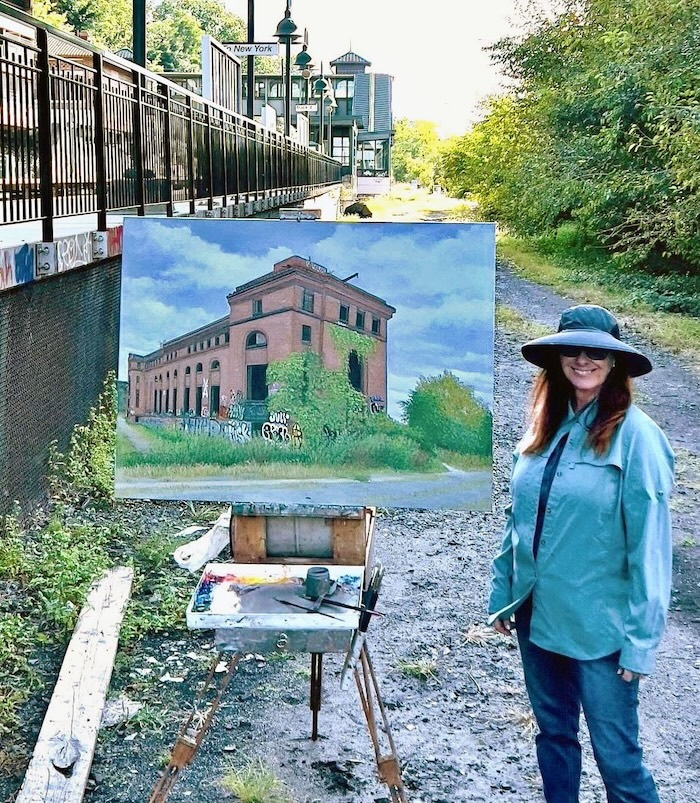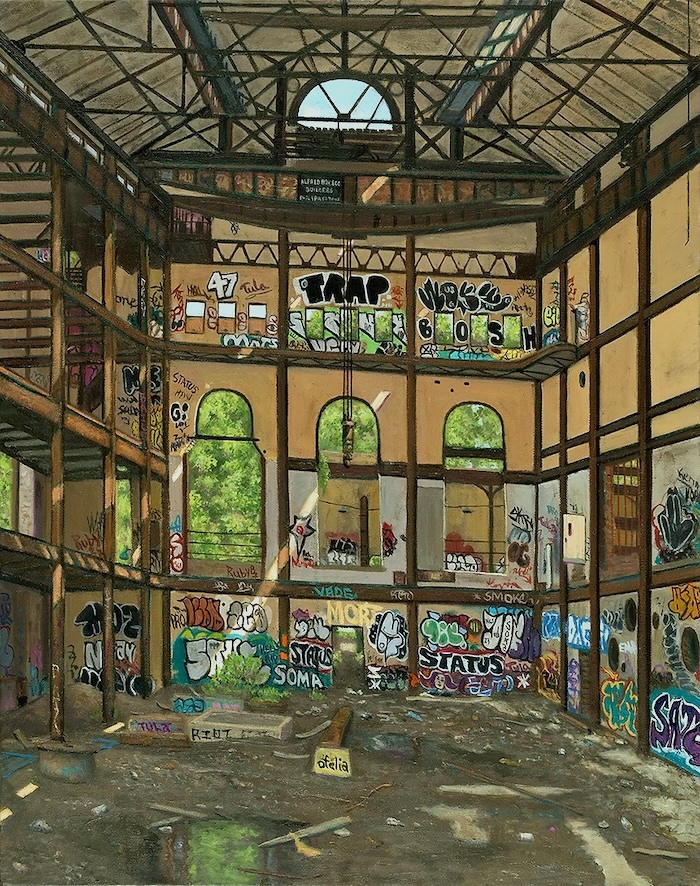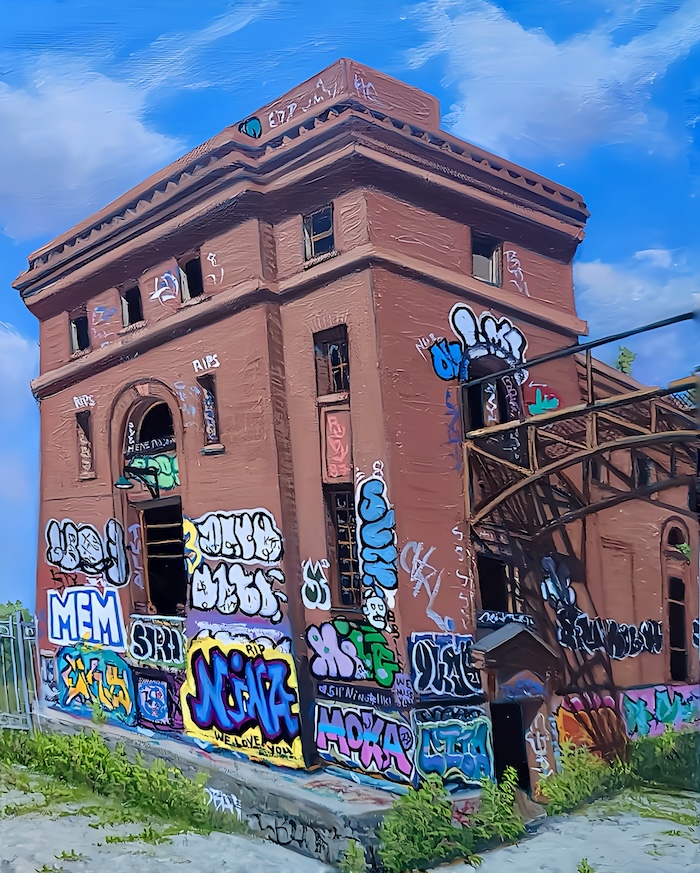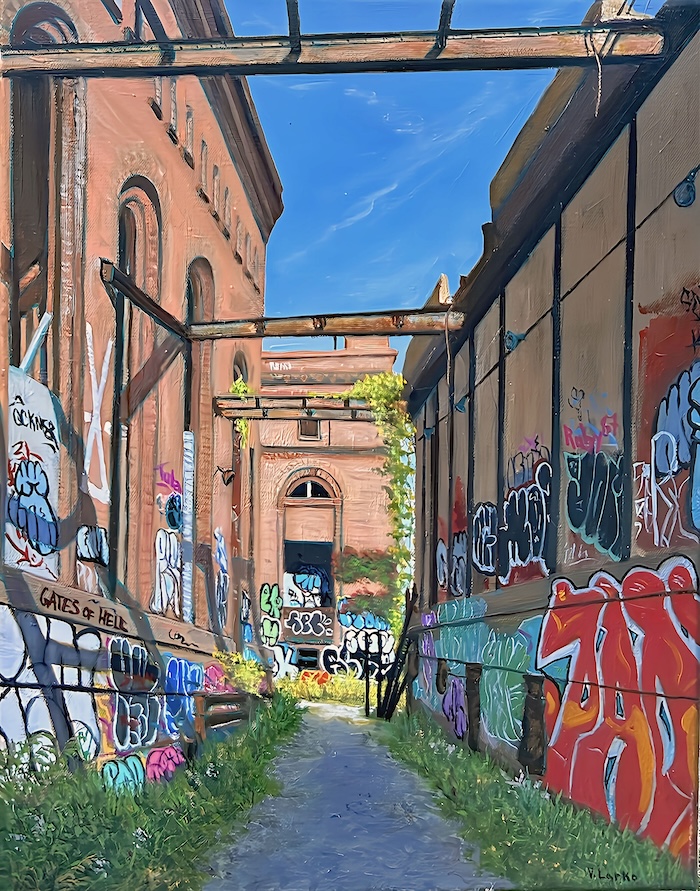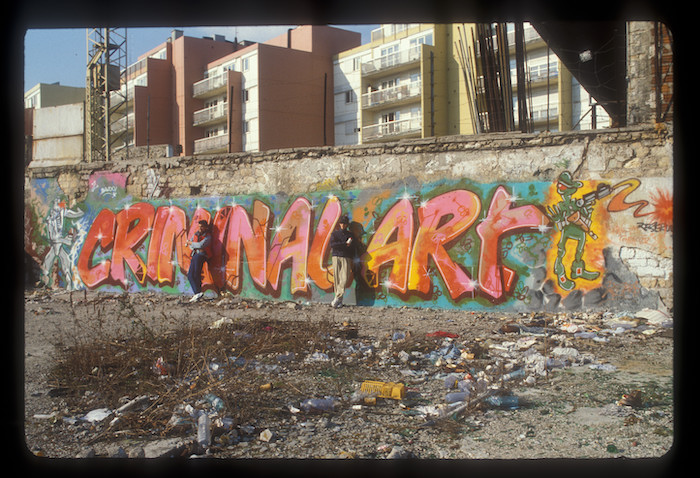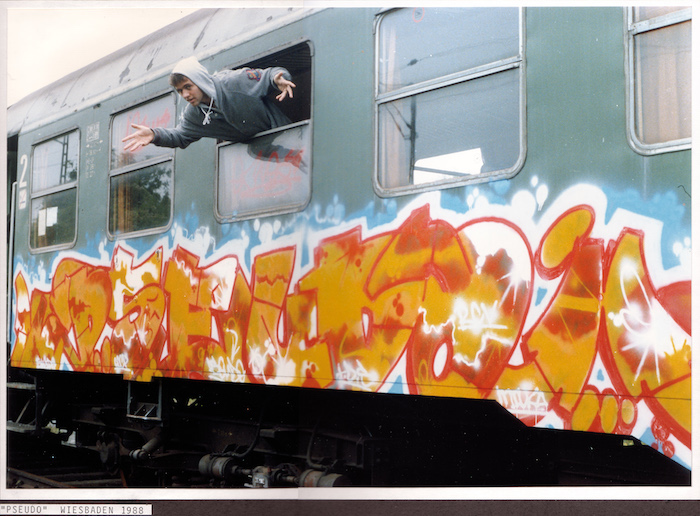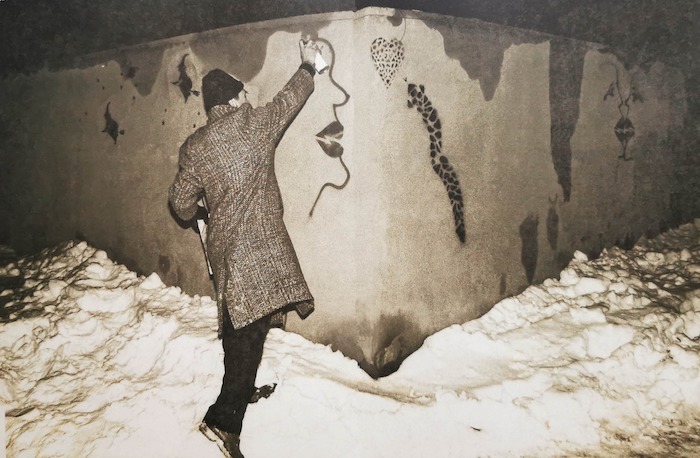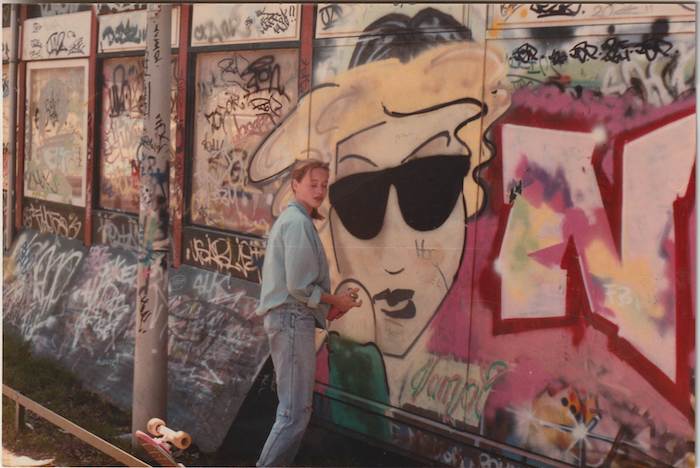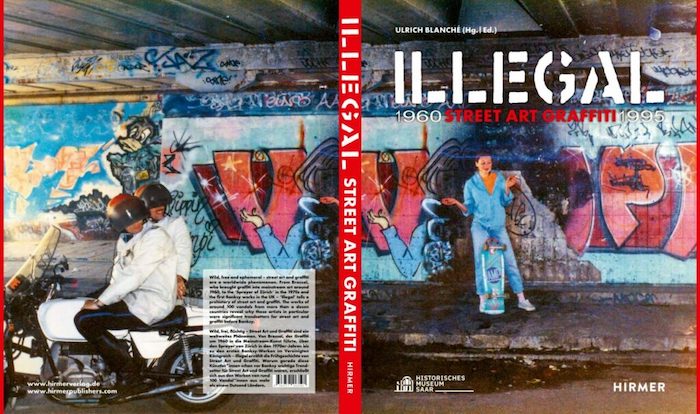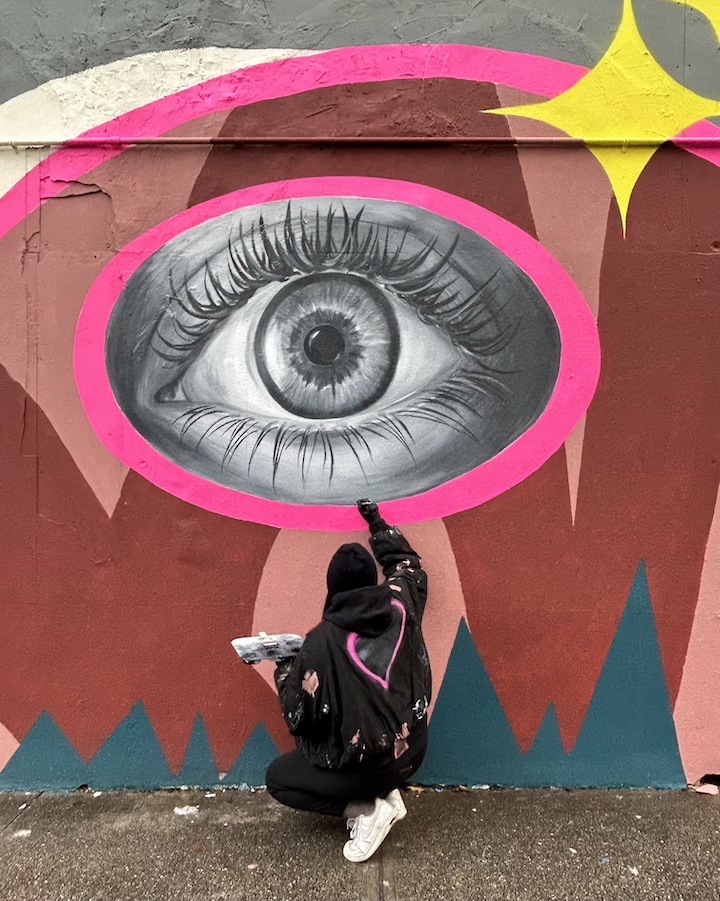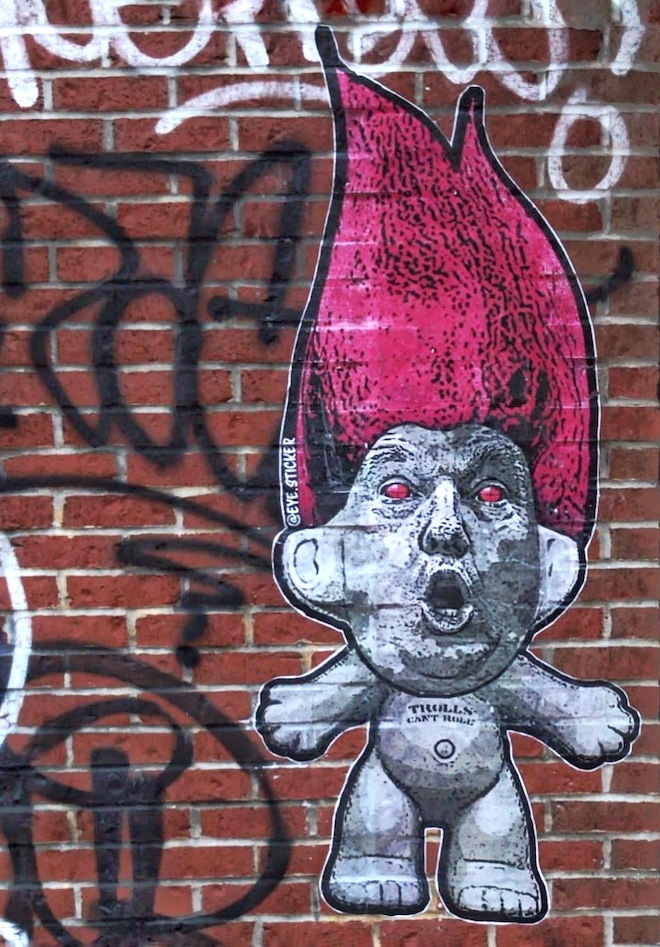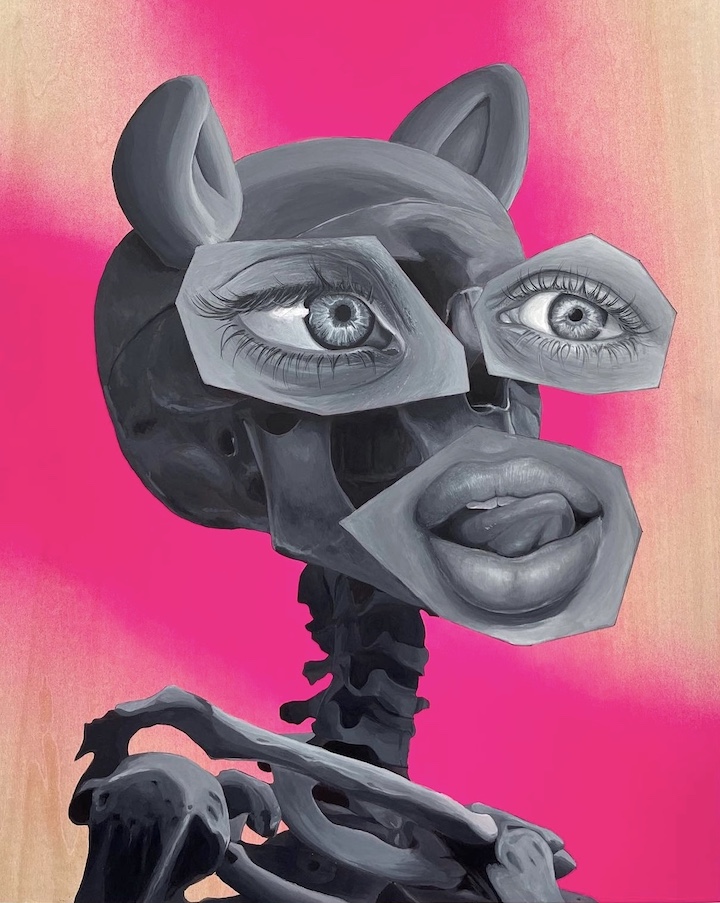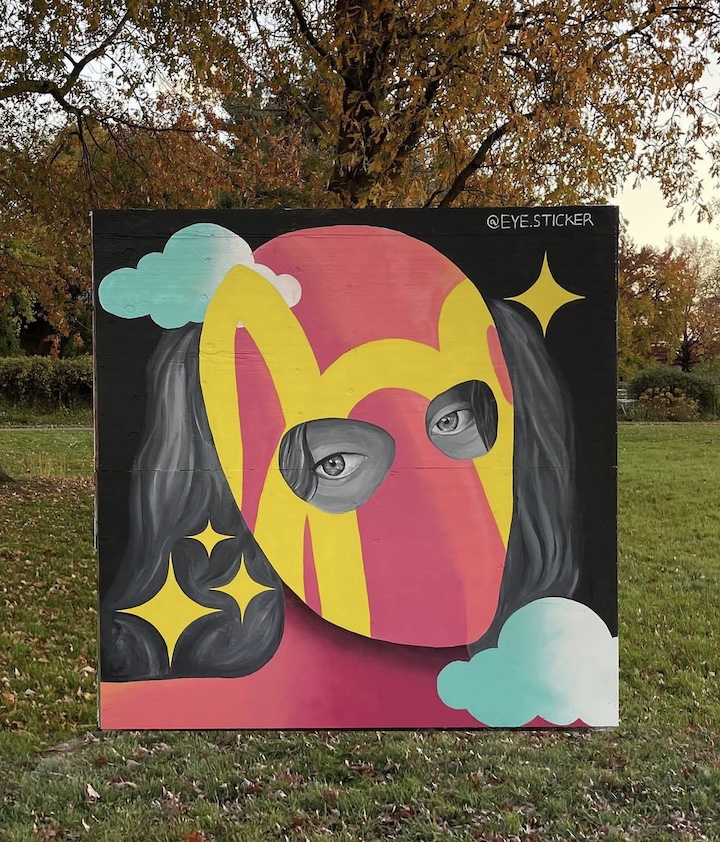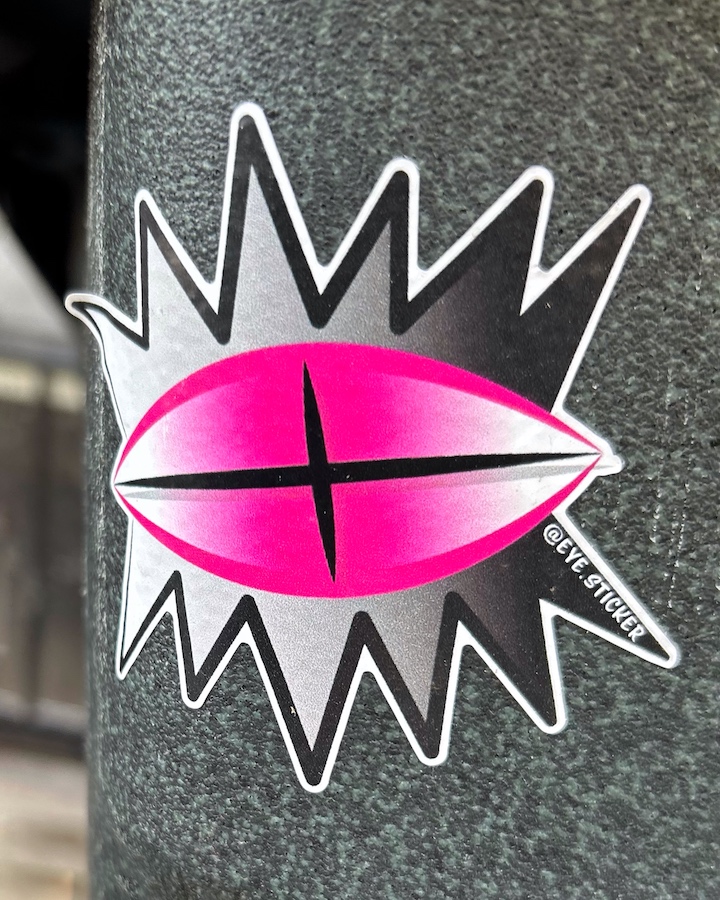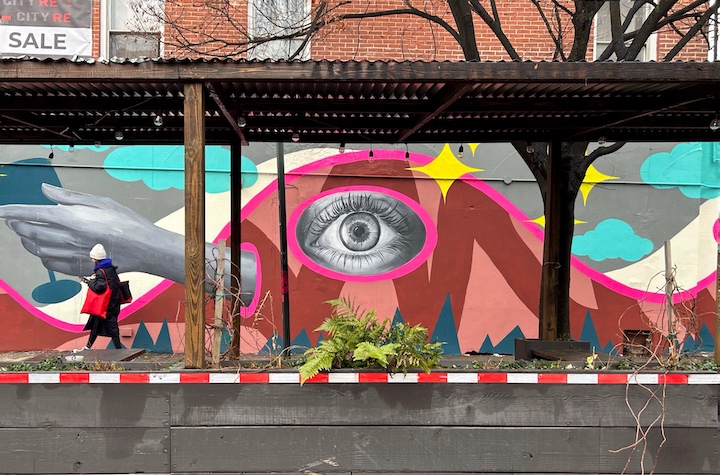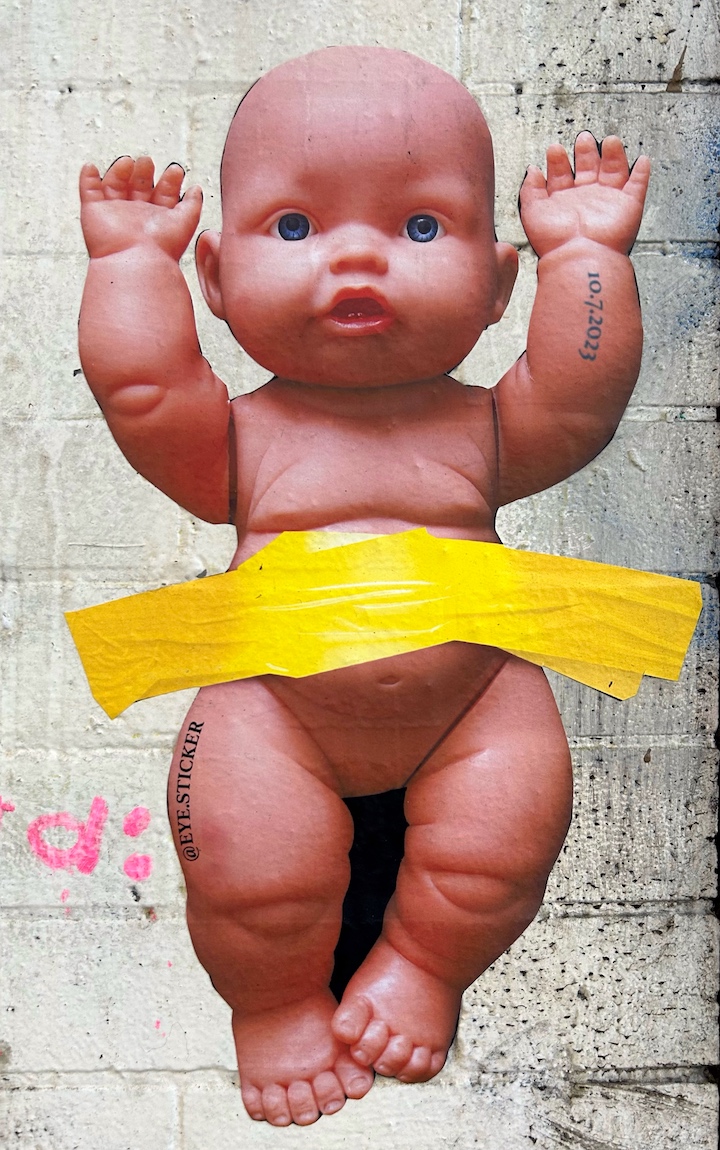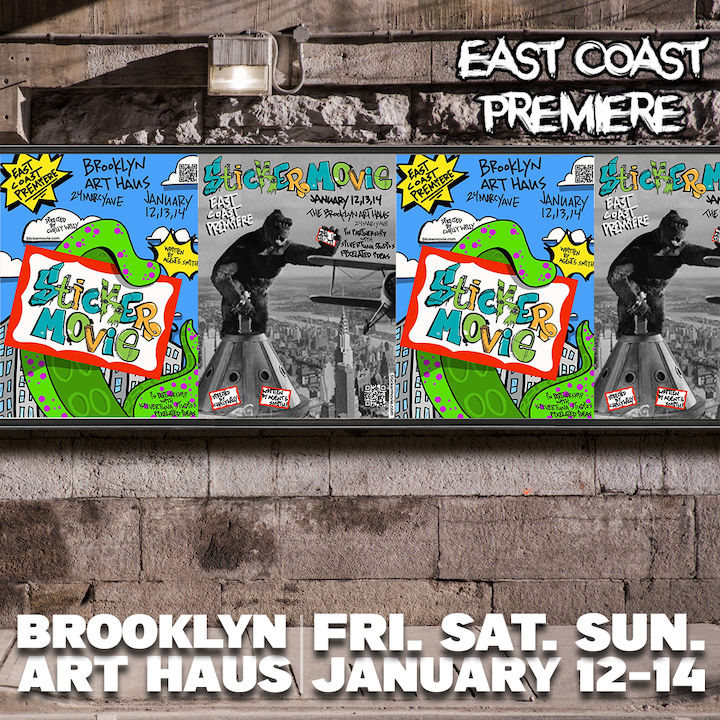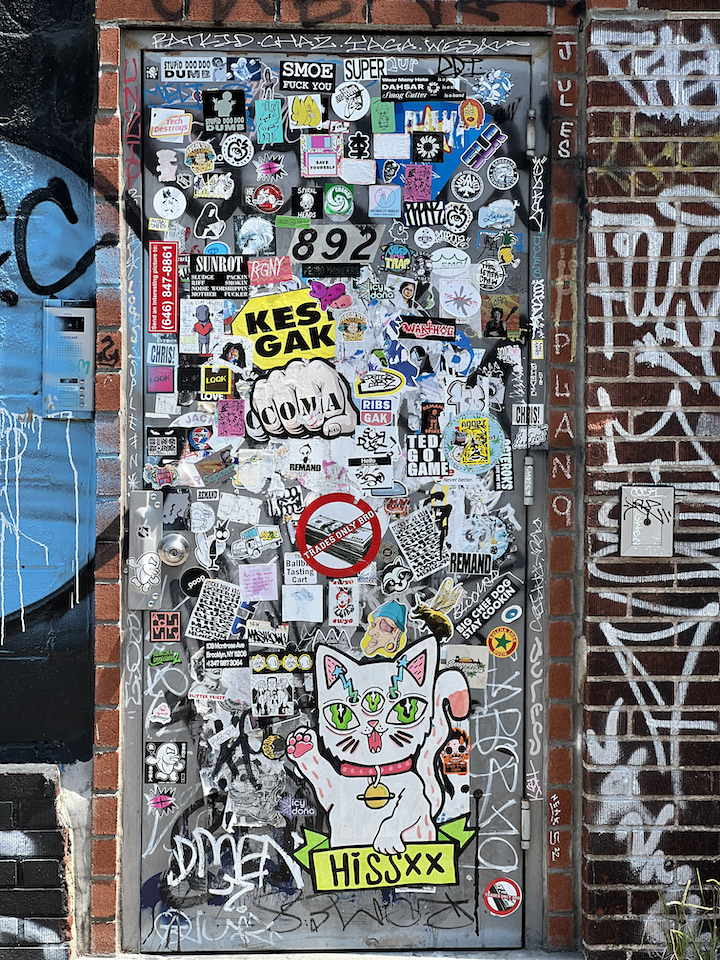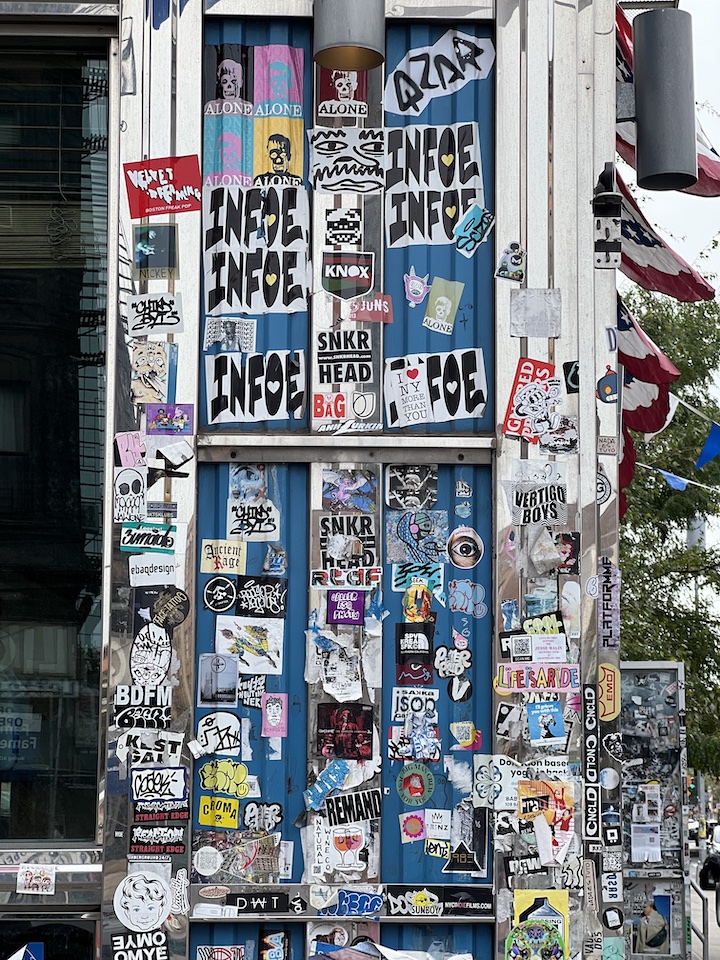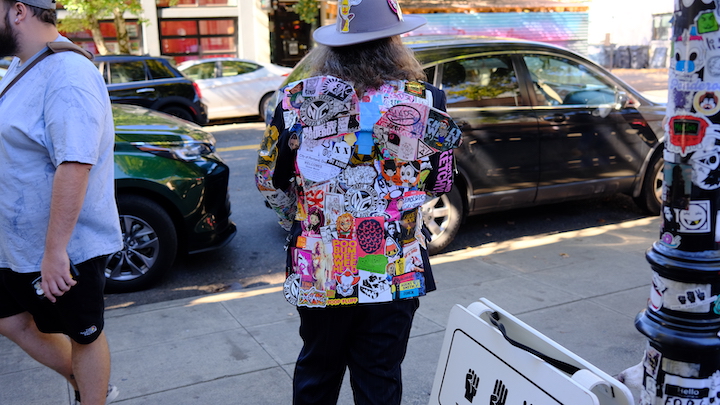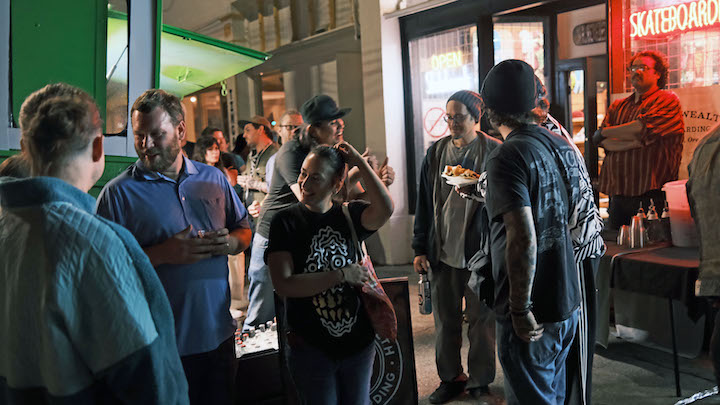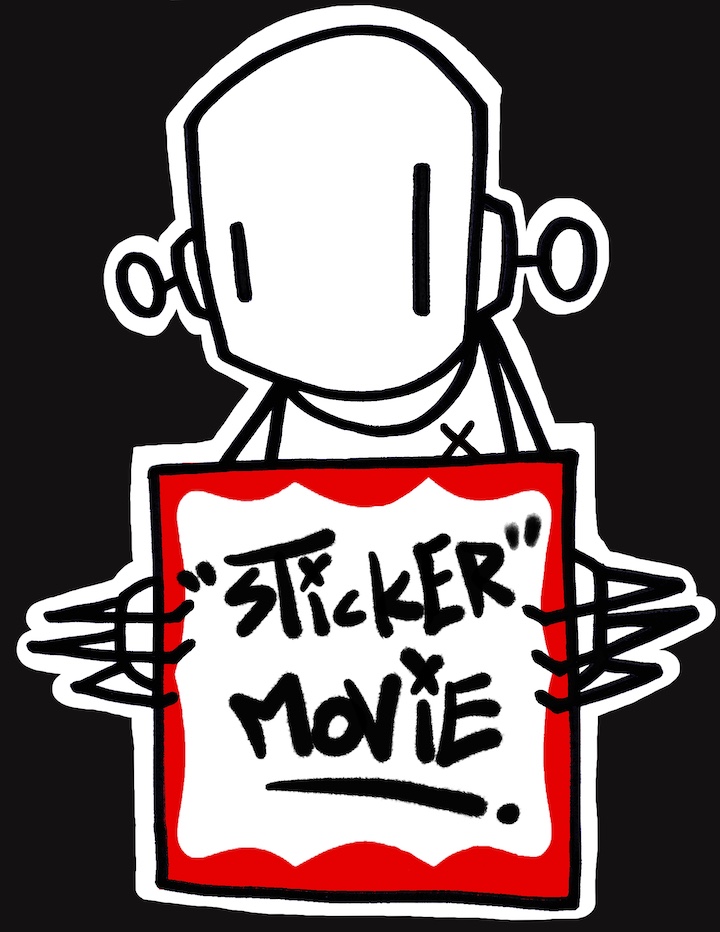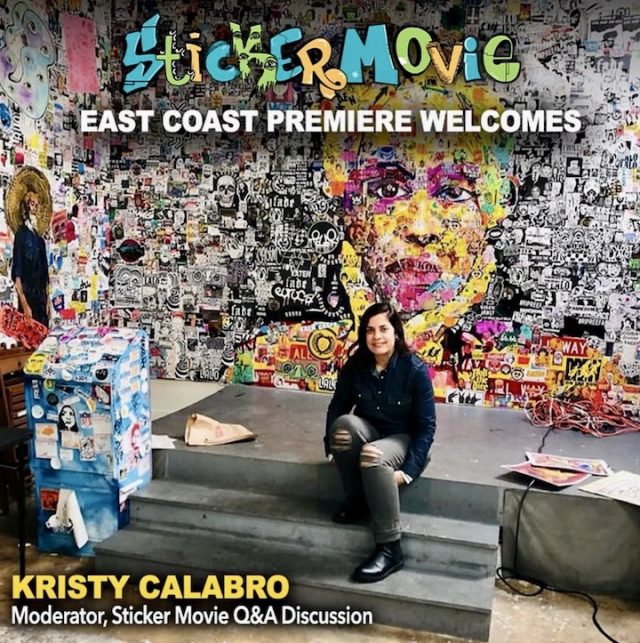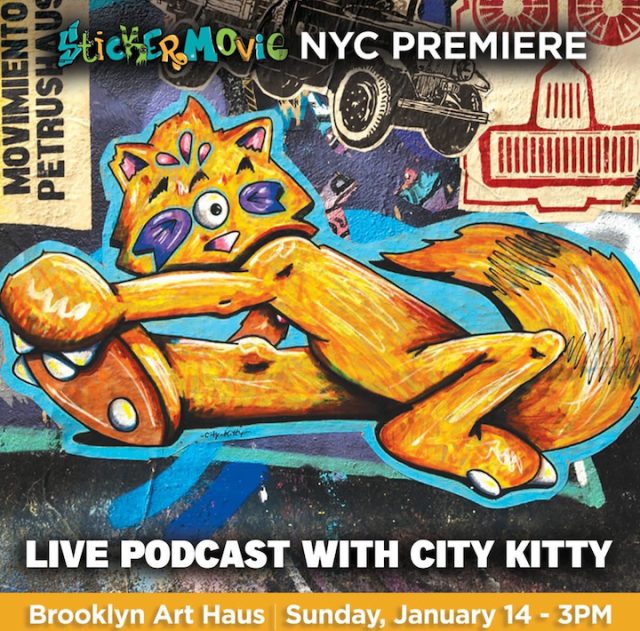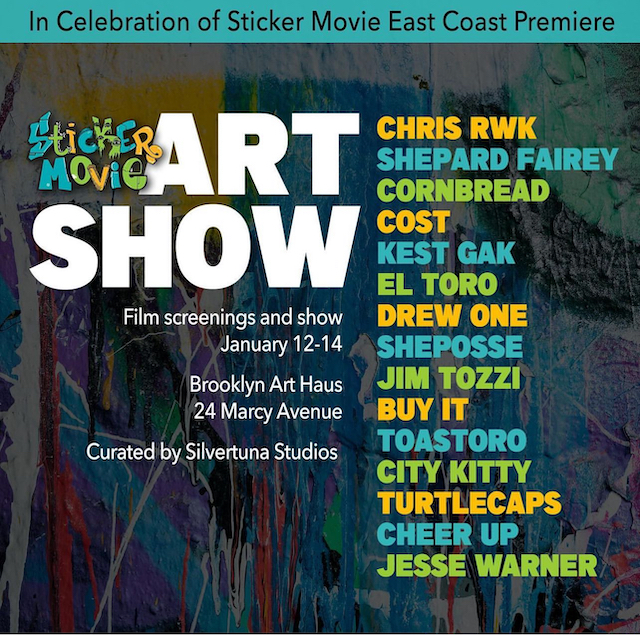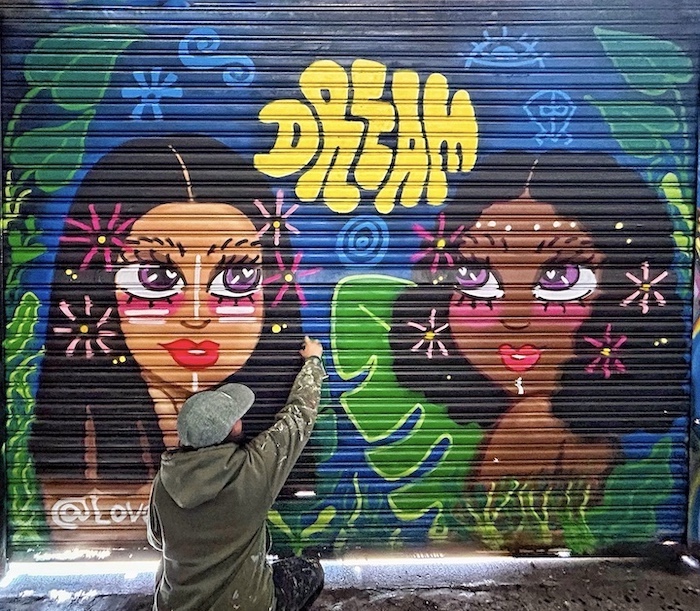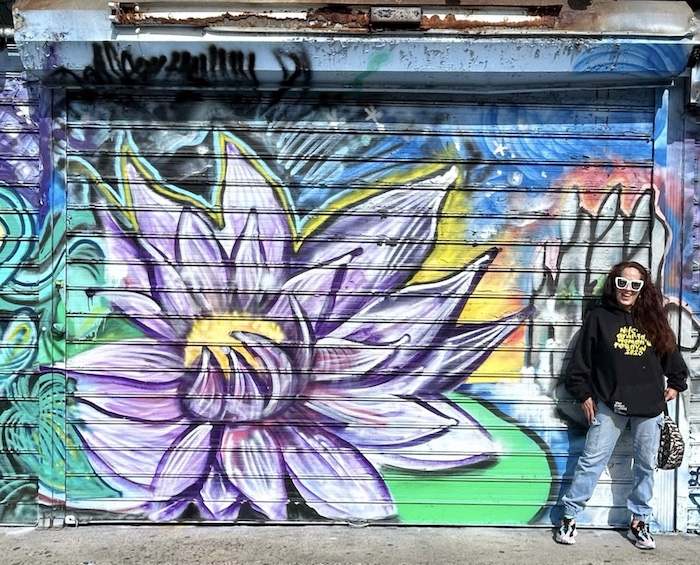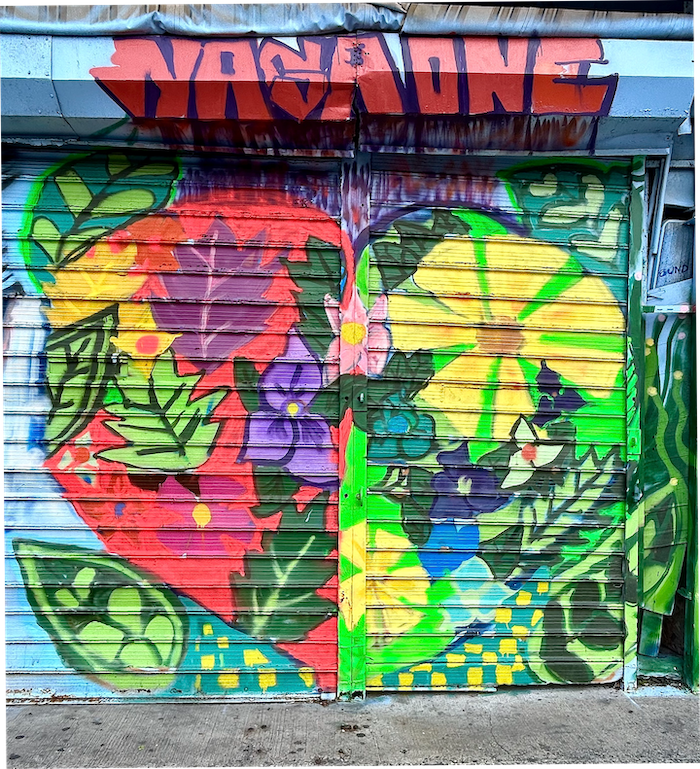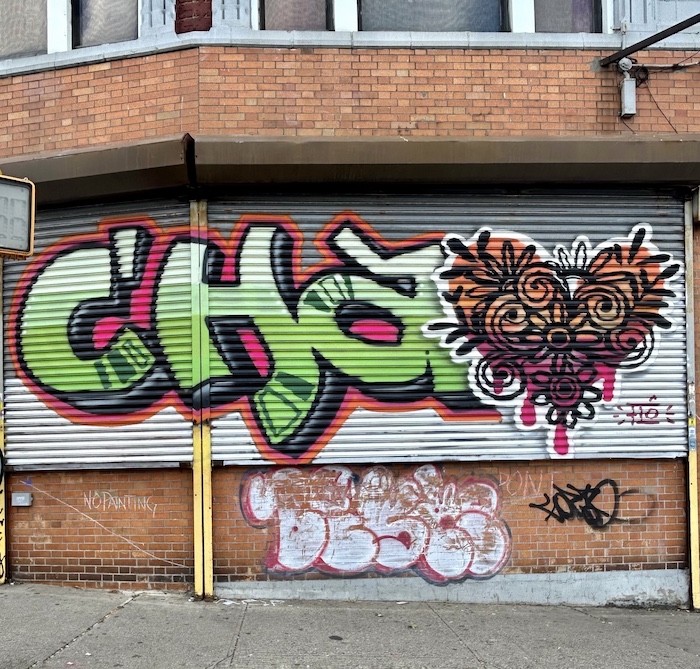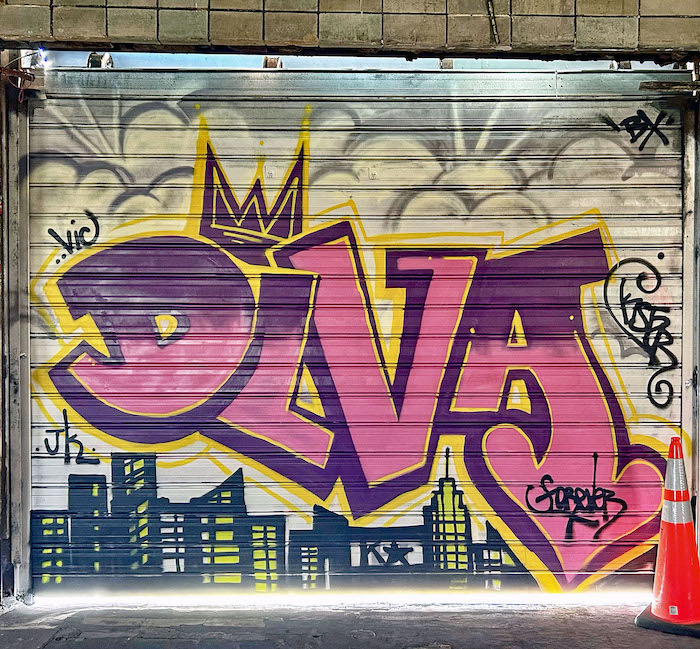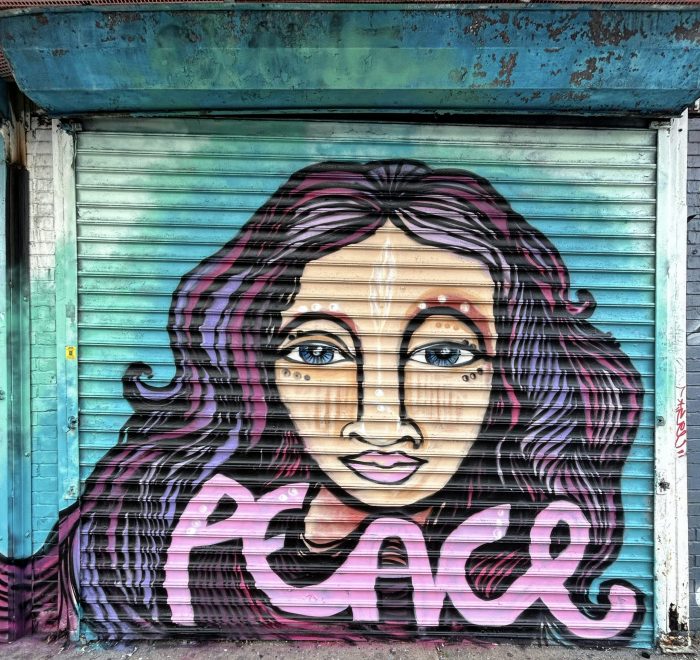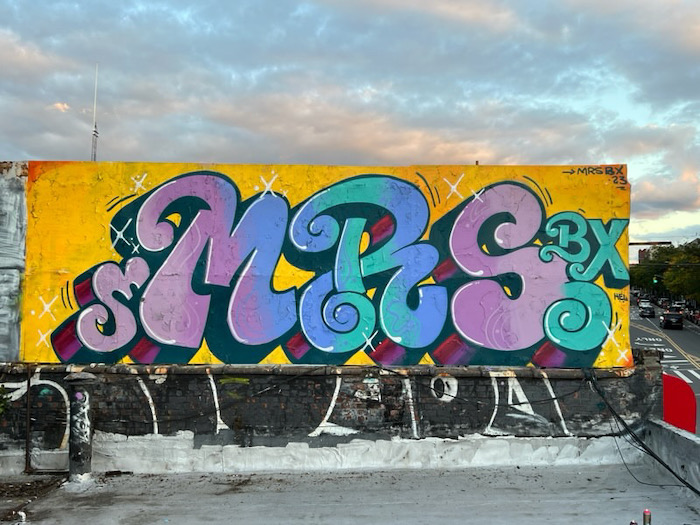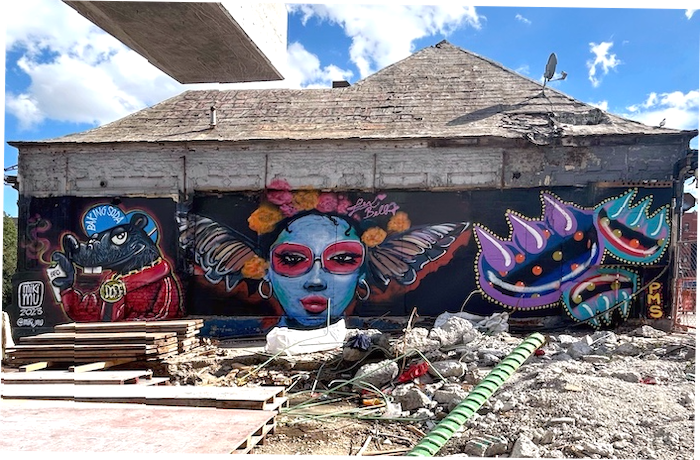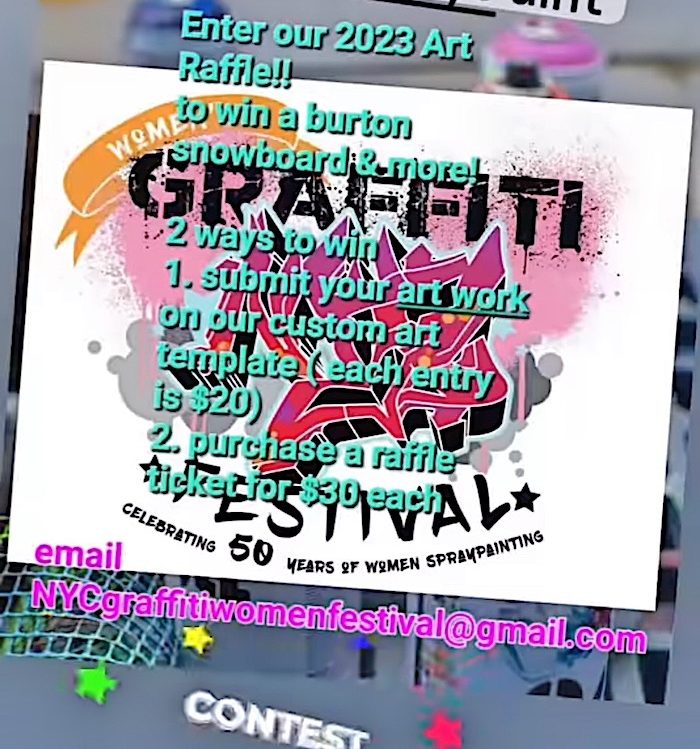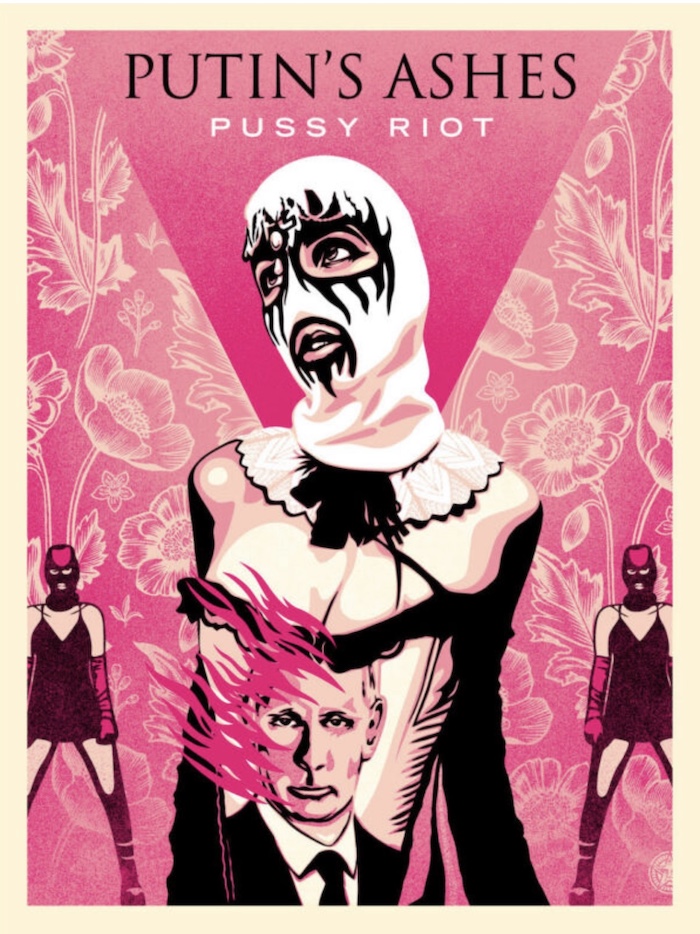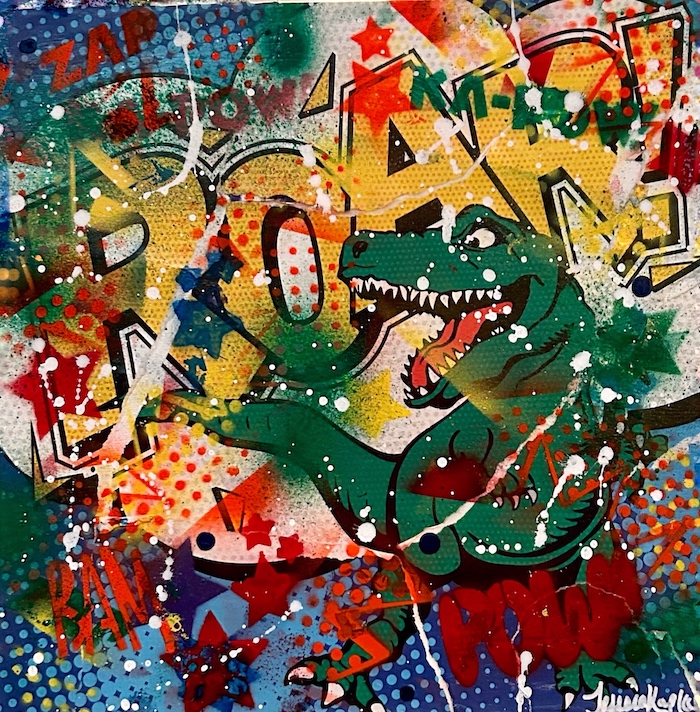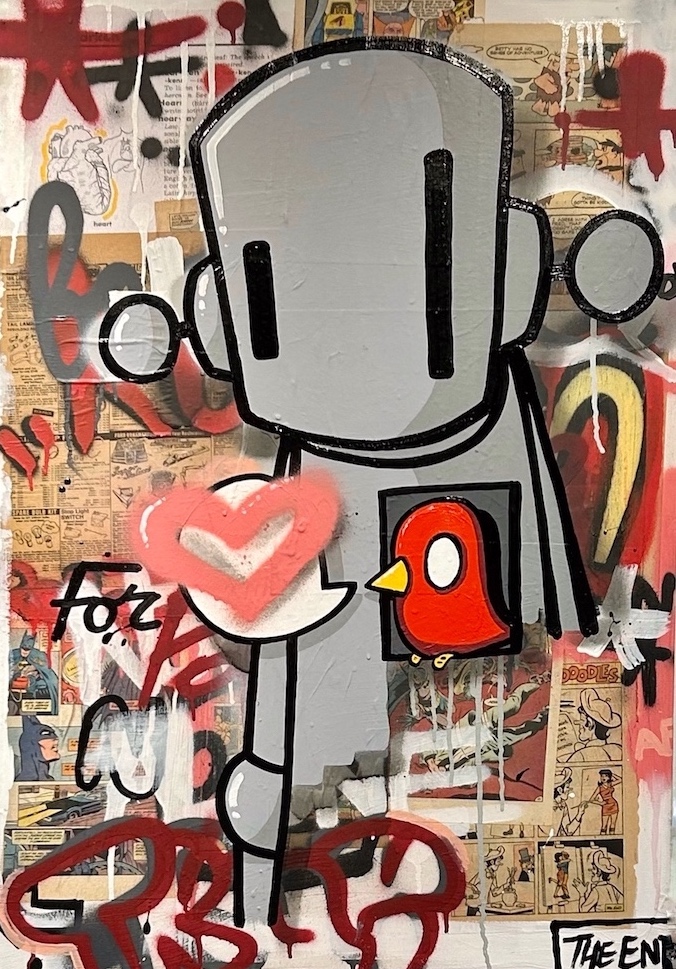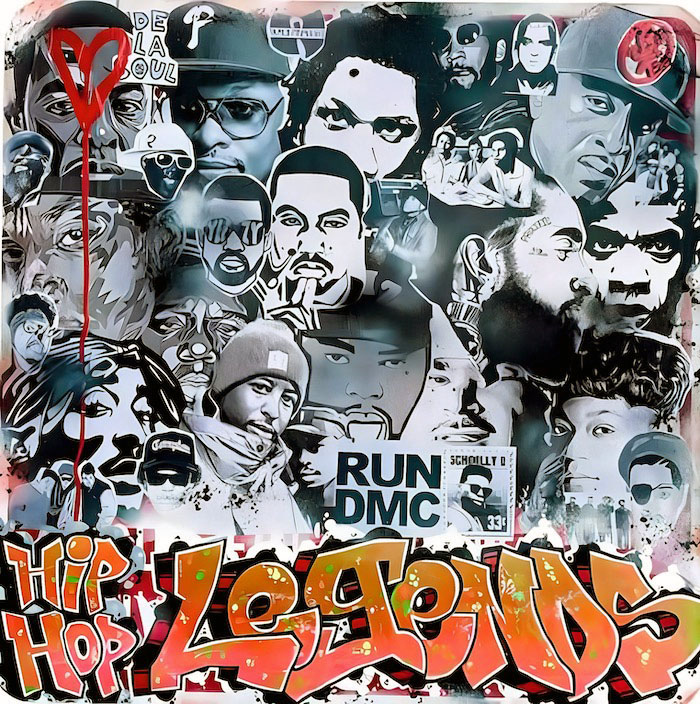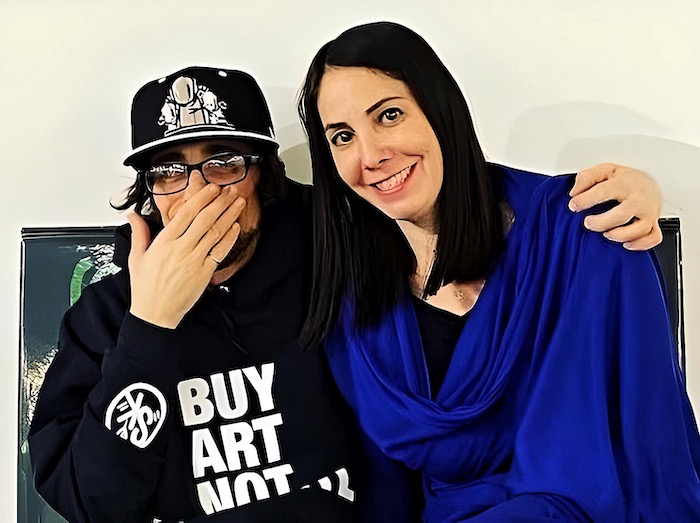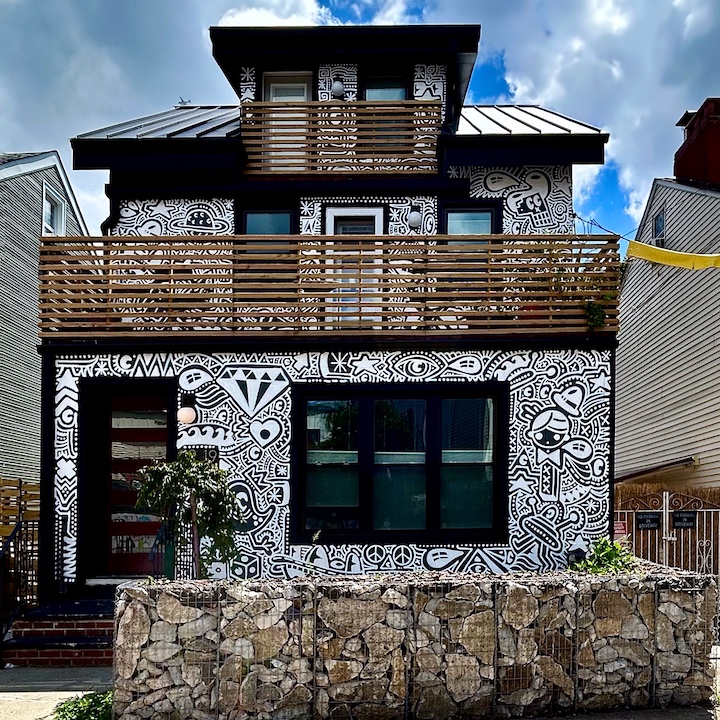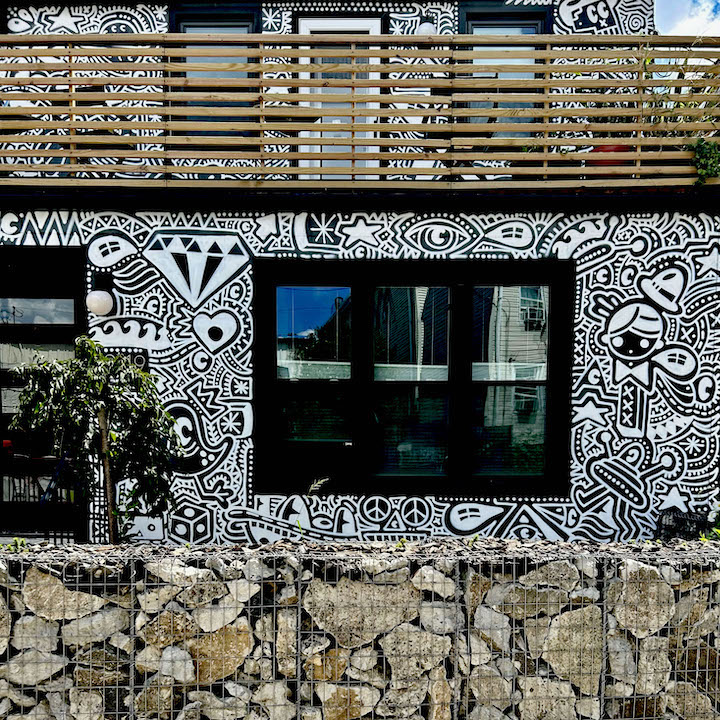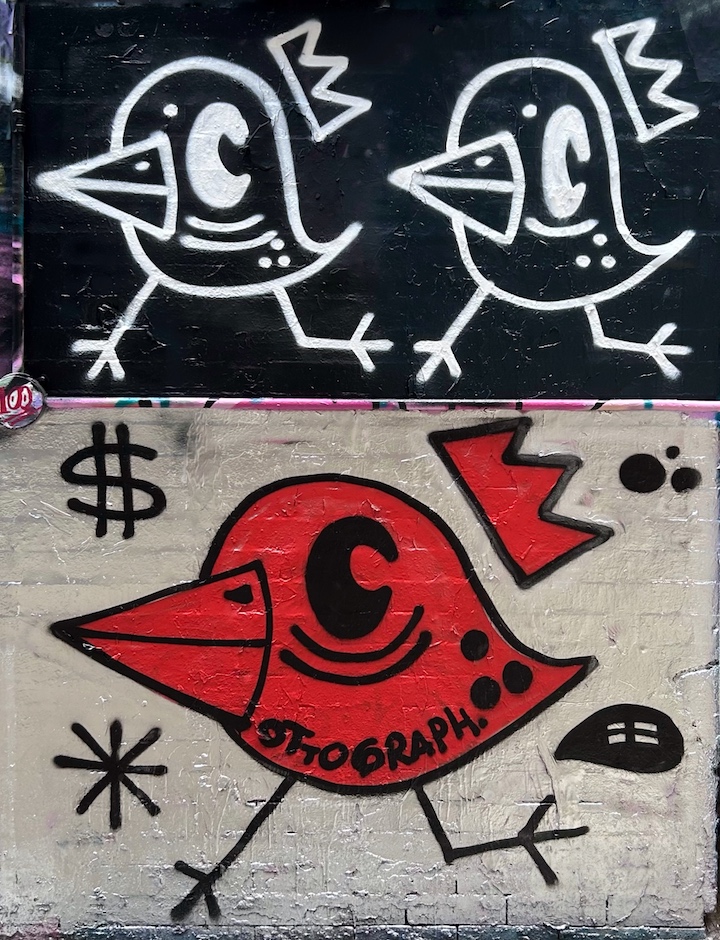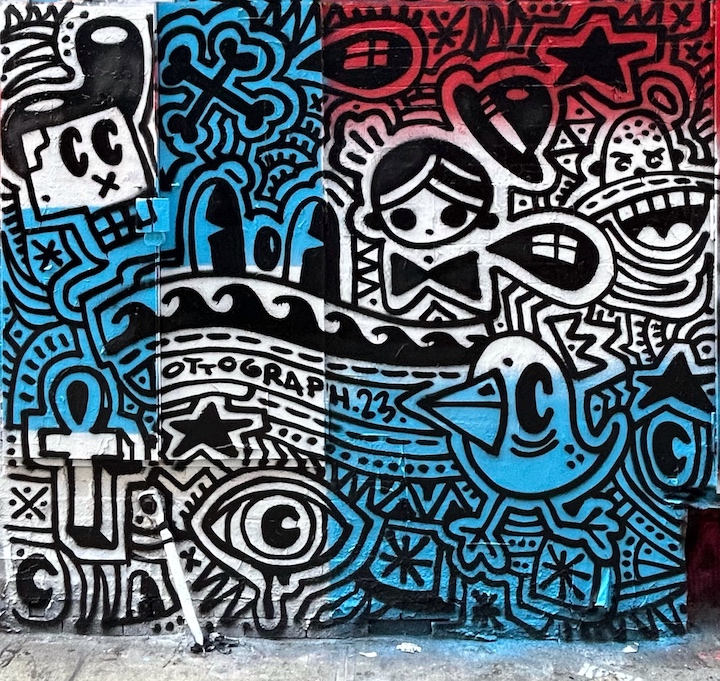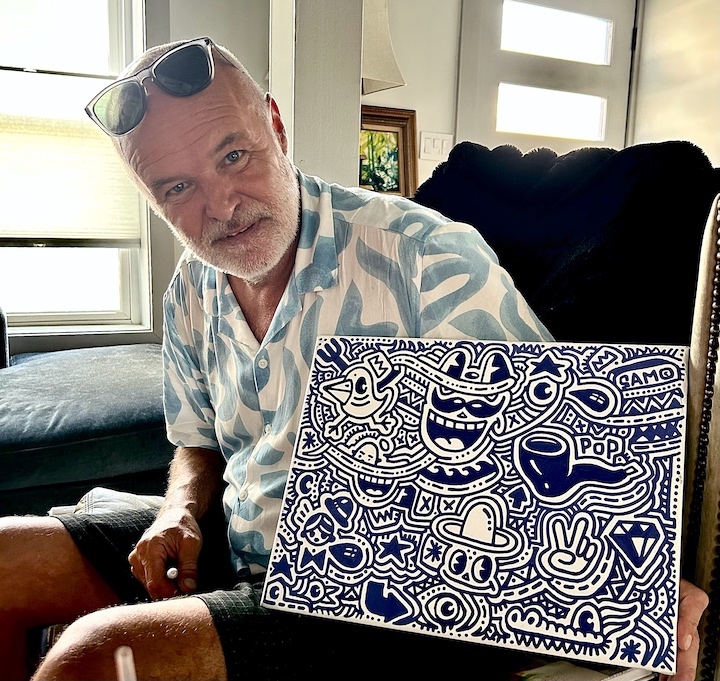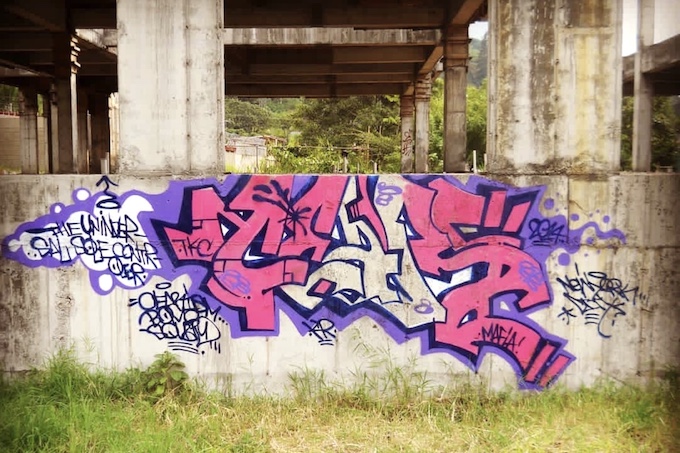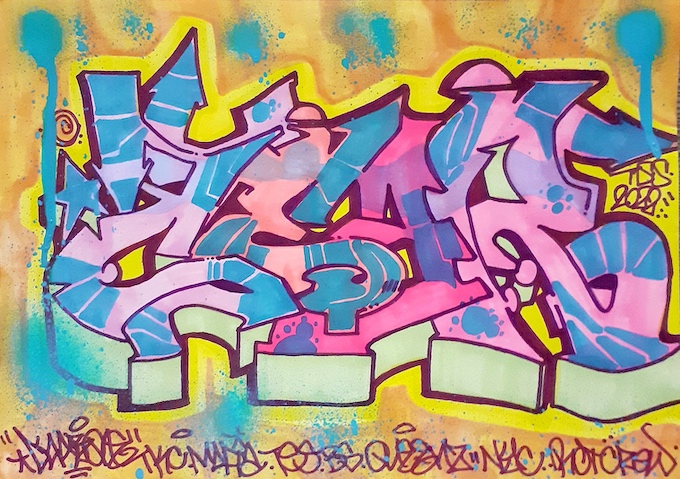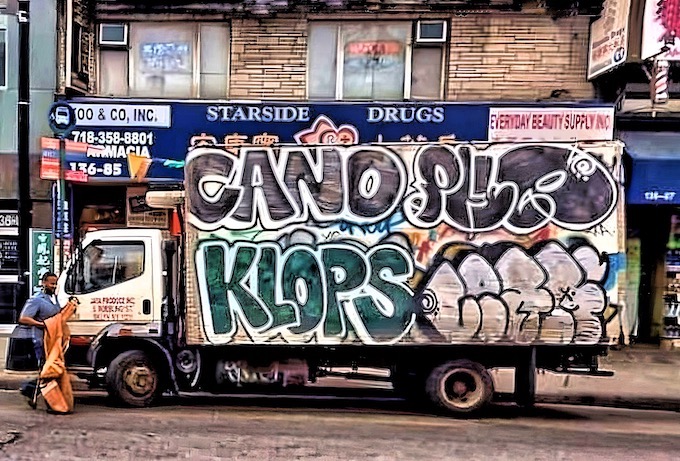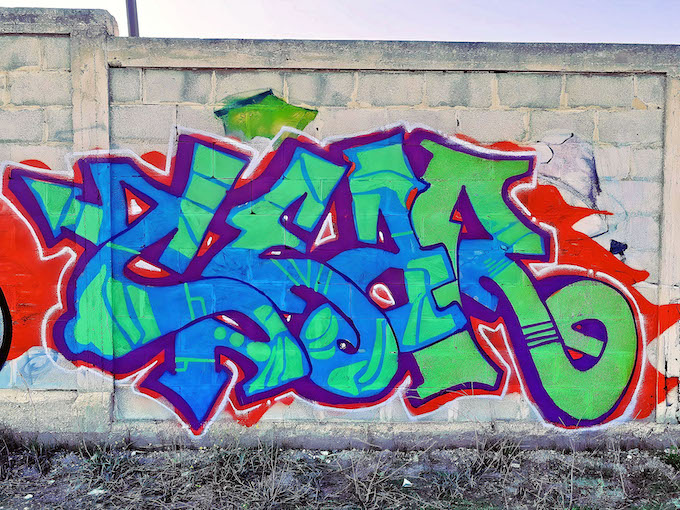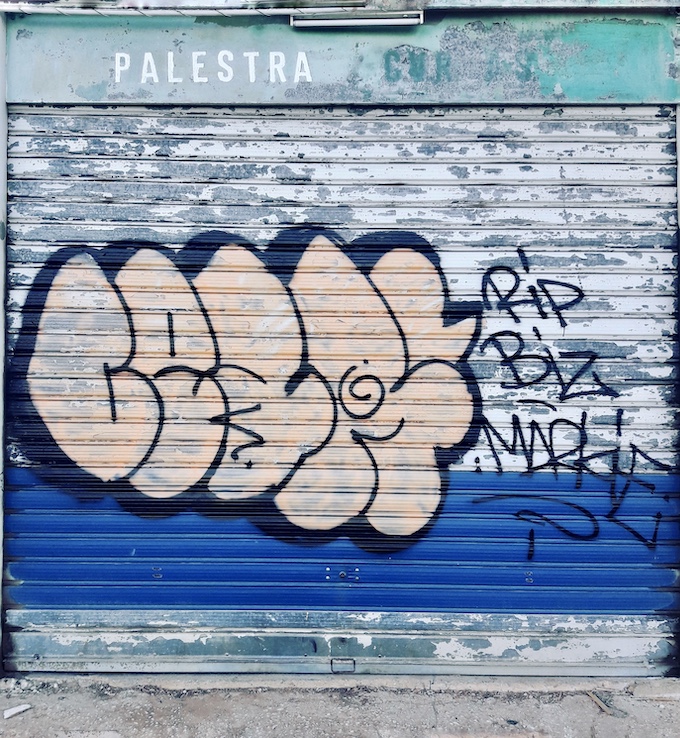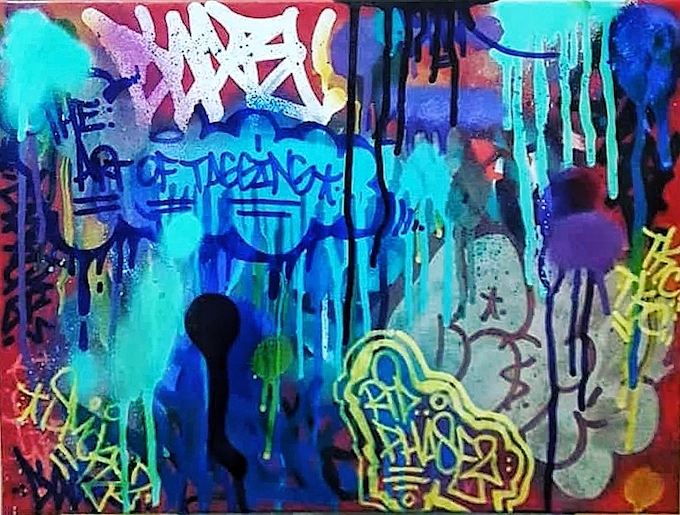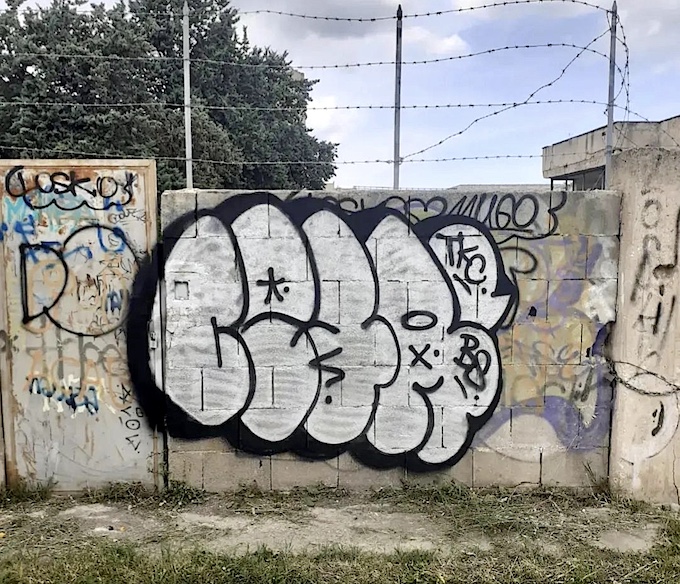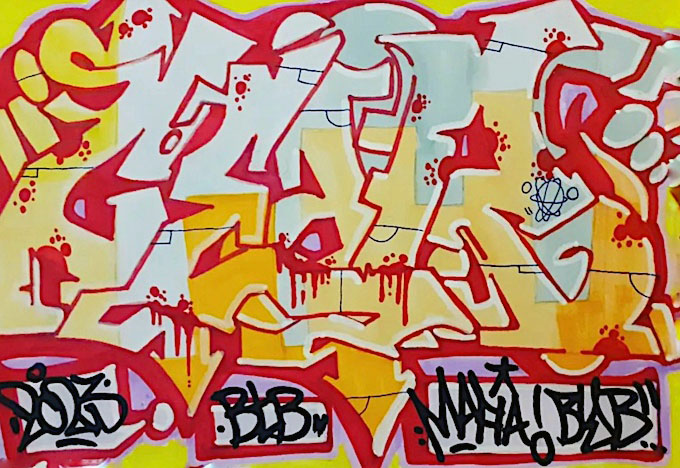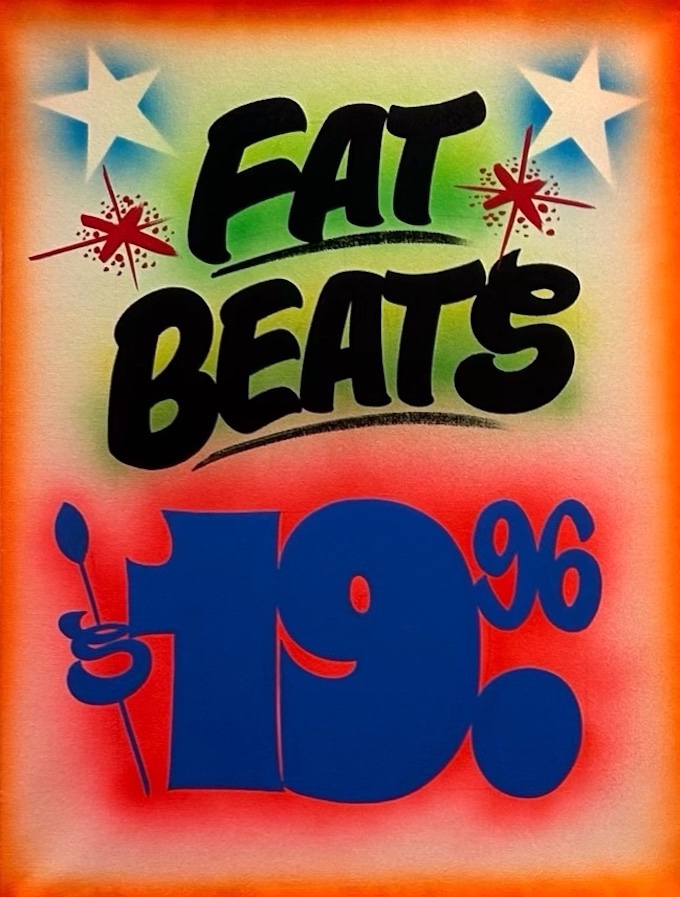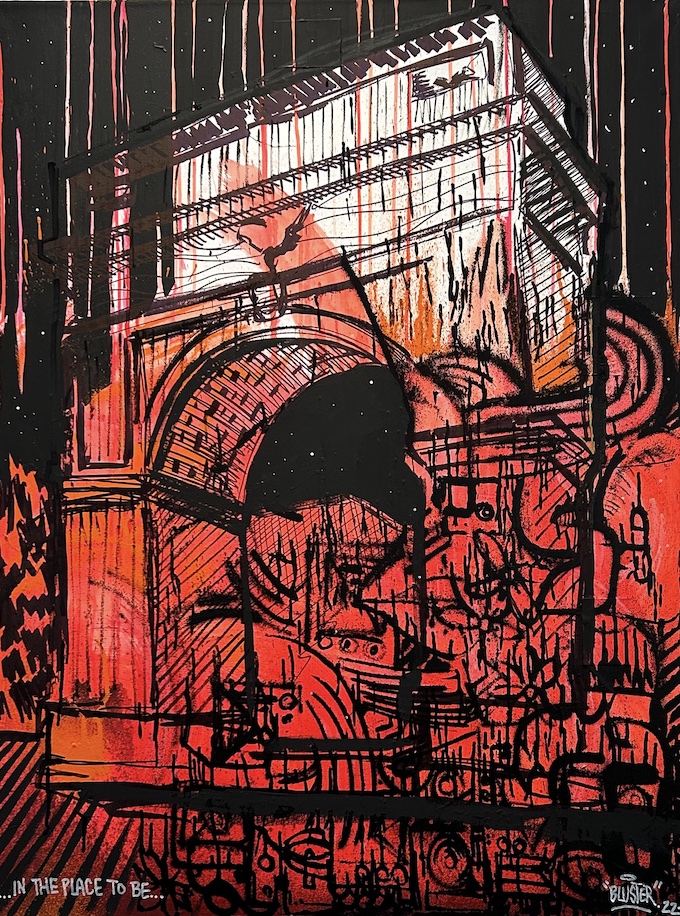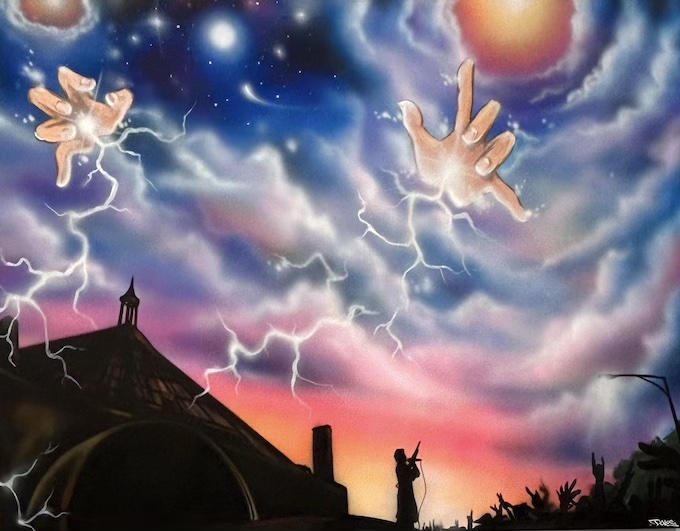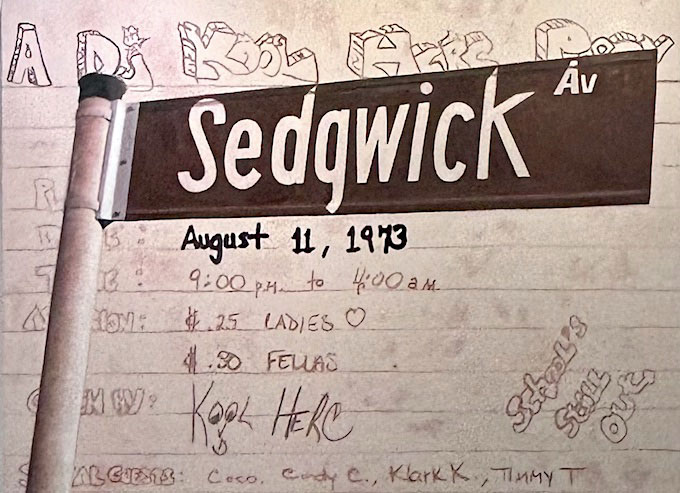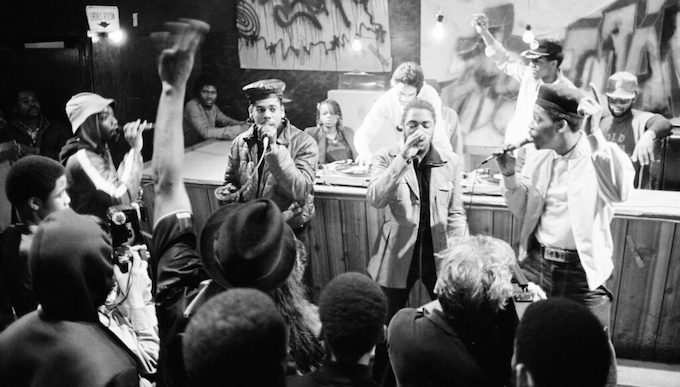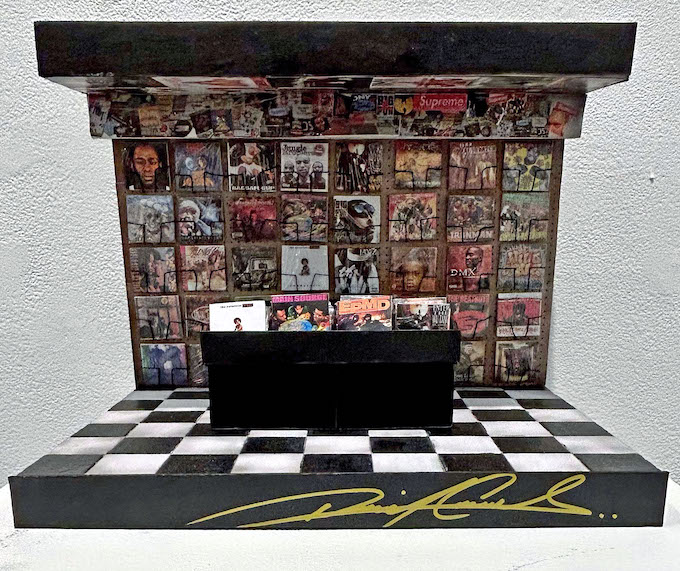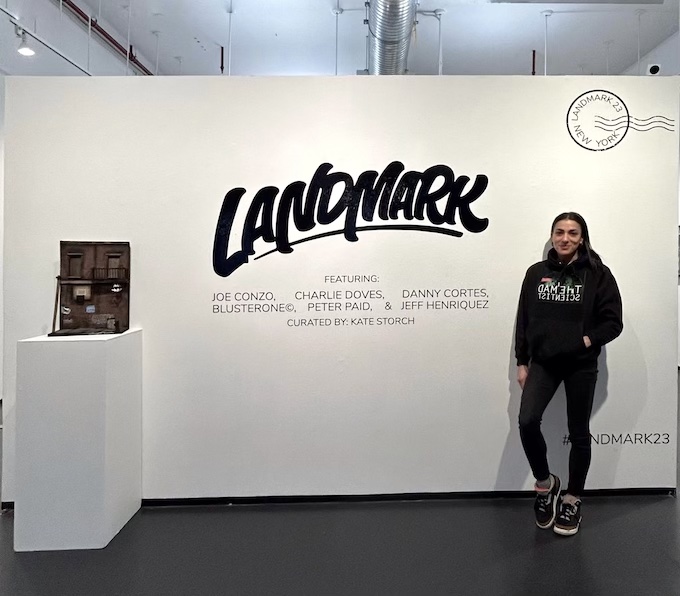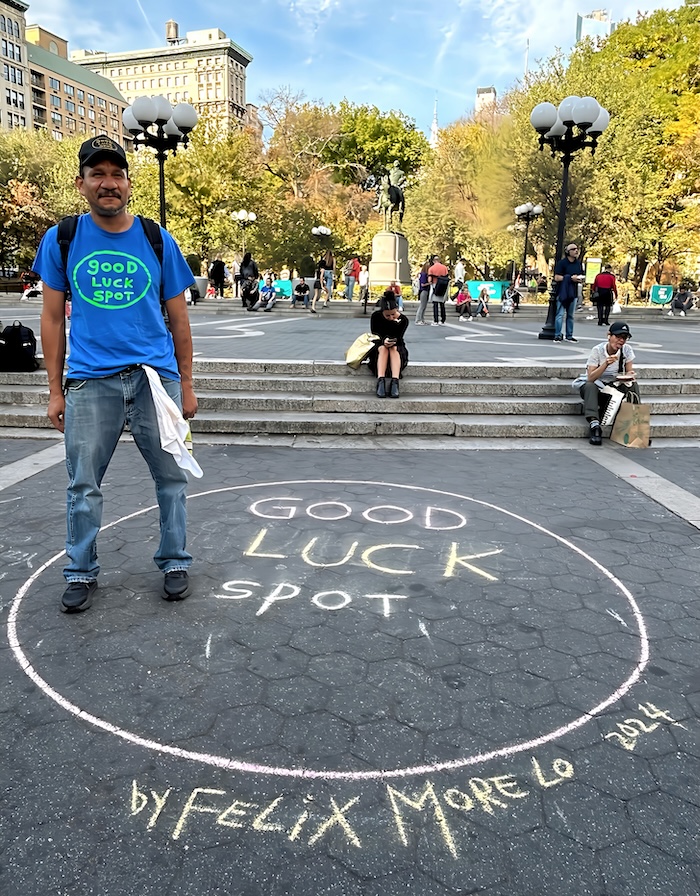
Colombian American artist Felix Morelo is increasingly engaging and provoking passersby with his intriguing ephemeral chalk spots that surface in some of New York City’s most trafficked sites. We were delighted to recently have the opportunity to pose a few questions to the artist.
When and where did you first hit NYC streets with your spirited chalk spots?
I began in the summer of 2009 with a “Good Luck Spot” in Union Square.
What spurred you to do so?
I was originally painting thousands of faces – mostly of children — on the city’s sidewalks. I thought of these faces as a community of spiritual seeds. An artist friend suggested that I take my concept further. I then came up with the idea of chalk spots that would directly engage the community.
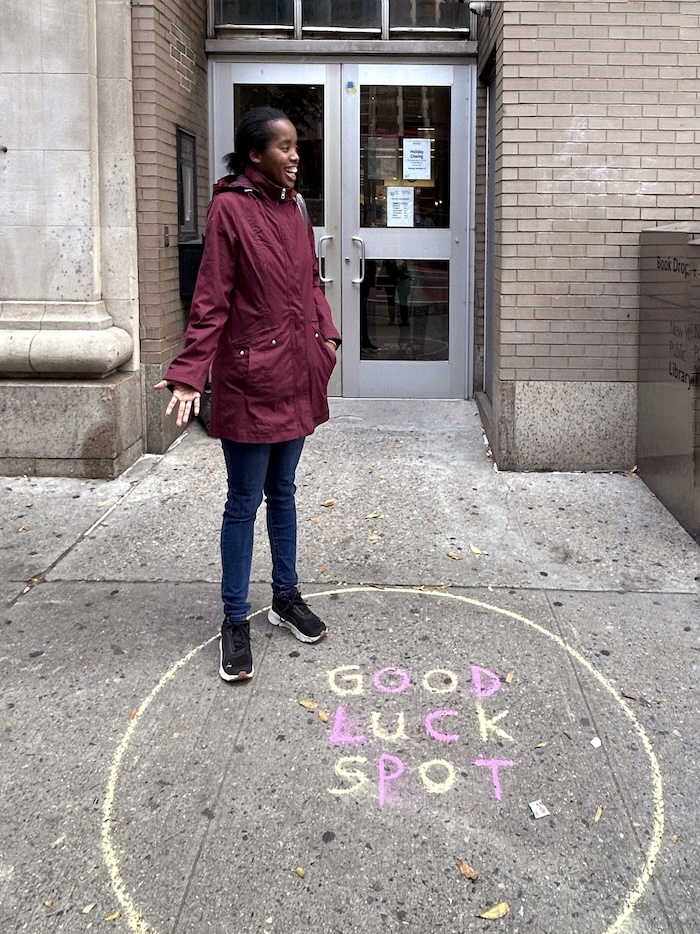
And why did you continue working with this concept?
I felt that what I was doing was unique. I loved that people began interacting with my public art and with each other. And I liked the recognition I was getting!
Were there any responses to your street art that particularly stand out?
For the most part, people embraced and enjoyed the “Good Luck Spots.” I began experiencing negative feedback after I started drawing “Bad Luck Spots.” What stood out were the threatening email messages that I received from people who wanted to harm me.
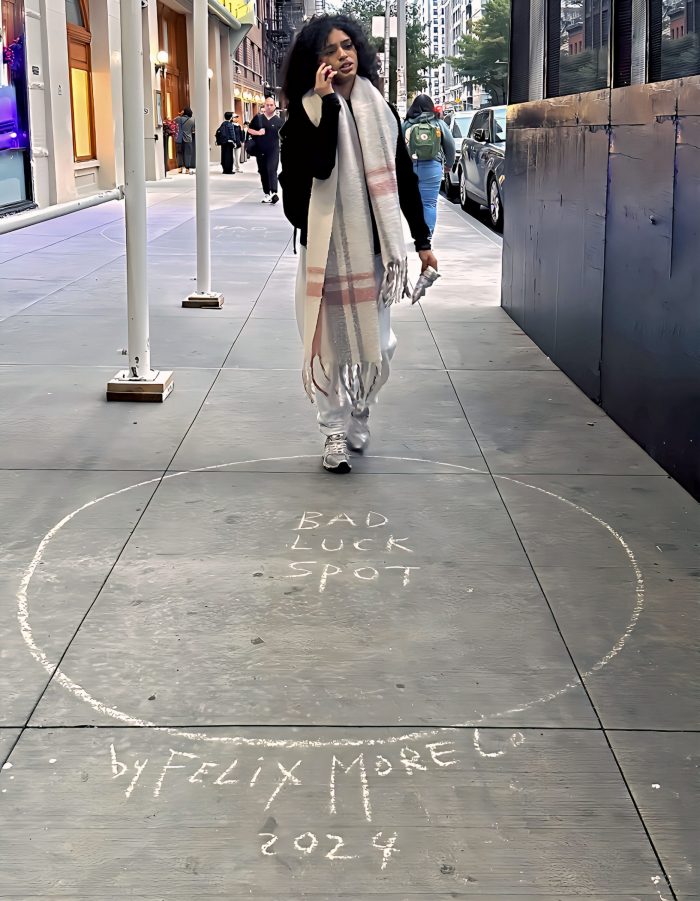
Yes. We are curious about both your “Bad Luck Spots” and your “Suicide Spots.” What prompted you to create your first “Bad Luck Spot?”
At the time I was drawing “Good Luck Spots,” I myself was having a lot of bad luck. I was dealing with homelessness, joblessness and the loss of a partner. Creating “Bad Luck Spots” was cathartic for me, as it helped me get these bad feelings out of my system. Drawing both “Good Luck Spots” and “Bad Luck” ones reflect life itself – its yin and yang.
What about your “Suicide Spots?” They seem to have spurred quite a bit of controversy.
It’s a matter of free speech. Chalk isn’t permanent. I like the way these controversial spots stir debate and reflection. People’s reactions to them give me insight into human psychology.
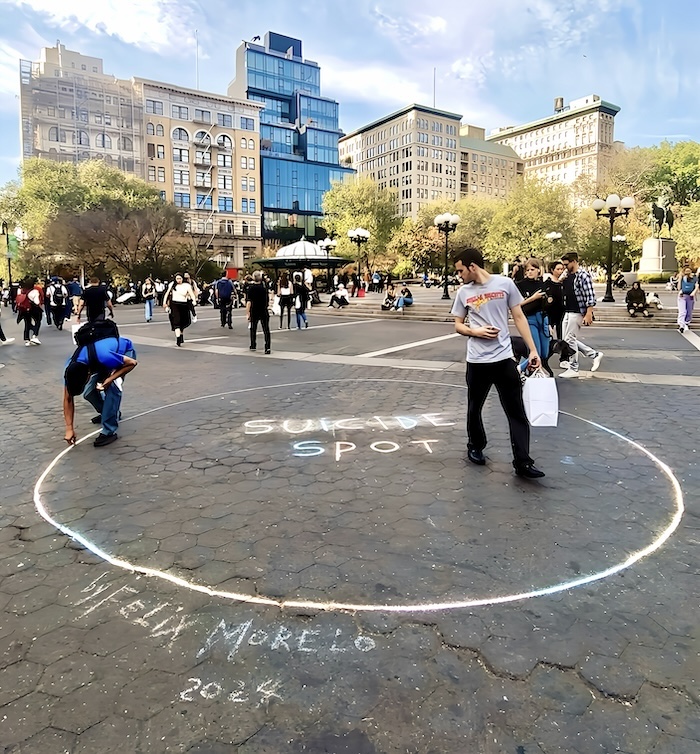
Have you ever felt unsafe while drawing your spots on the streets?
I sometimes feel unsafe when I’m looking down. The worst thing that happened, though, was when someone threw water on me and then got in my face.
Besides the wide variety of spots you presently create, do you do anything differently now from when you first started using the street as a canvas?
When I began, I worked only with skinny white chalk. Three years ago, I tried drawing with thick colored chalk, and I liked the results. The colors spice up the message and more readily capture people’s attention.
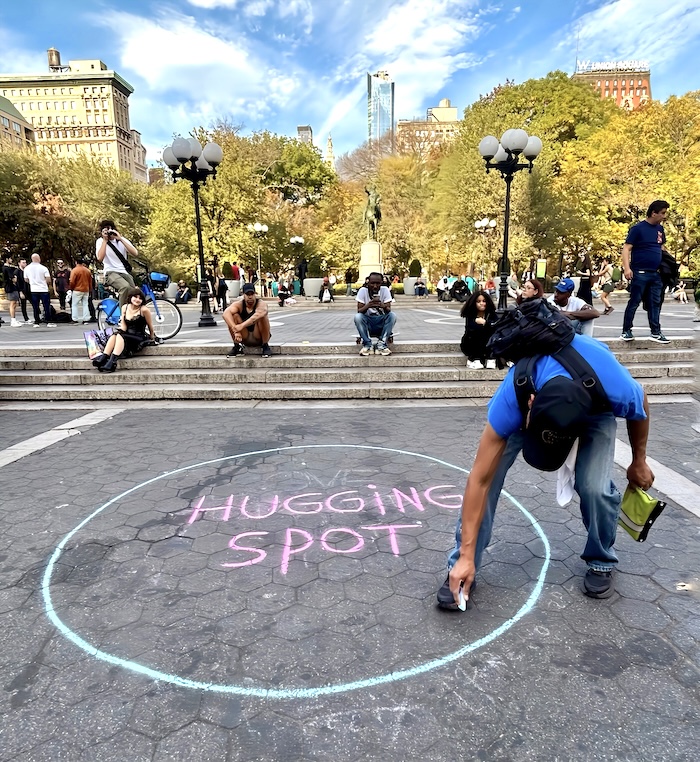
How do you choose the sites for your spots?
I look for places where I can attract the most people and a certain type of people — those who are eager to engage and are open to new experiences.
Where else – besides New York City – have you drawn your spots?
I’ve drawn these spots in many places. Among them Colombia, Ecuador, Miami, Indianapolis. Cincinnati and Kentucky. I’d like to bring them to London.
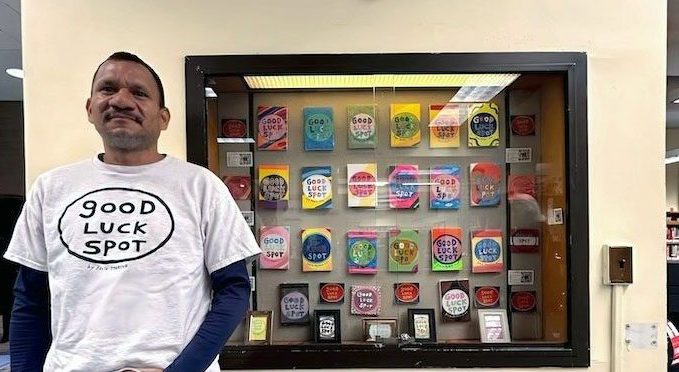
What’s ahead?
I’ve participated in dozens of group exhibitions in a wide range of spaces, but I’m ready now for a solo exhibition in a gallery setting. I’m also in the process of collaborating with 10 different artists, and I would like to see those pieces exhibited together. And, of course, I’ll still be active on the streets conjuring new “spots,” to be drawn alongside the original “Good Luck Spots.”
Good luck with it all! We are looking forward to seeing your artwork both on the streets and in galleries. We love viewing it here on East 23 Street — both inside and outside Epiphany Library NYPL.
Interview conducted by Lois Stavsky and Tara Murray
Photo credits: 1-3, 5 & 6 Lois Stavsky and 4 Tara Murray
{ 0 comments }
